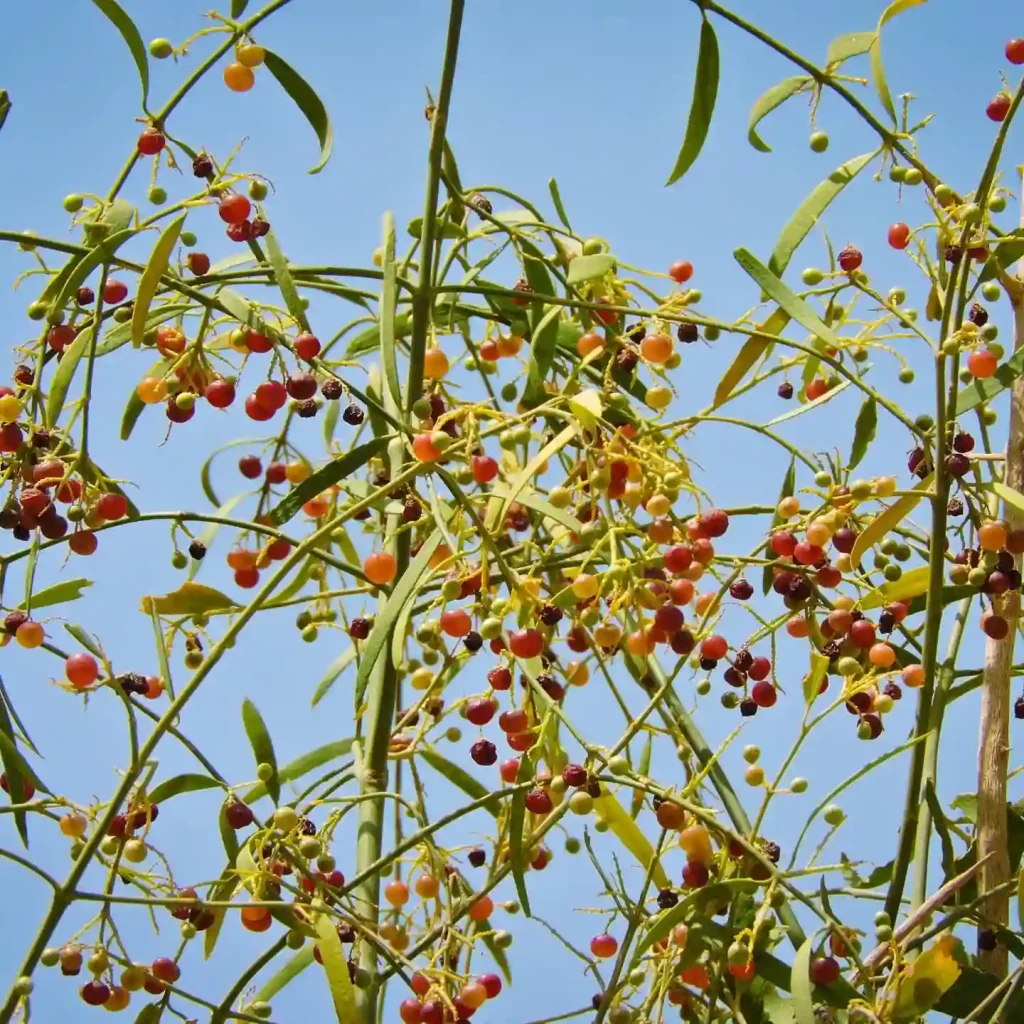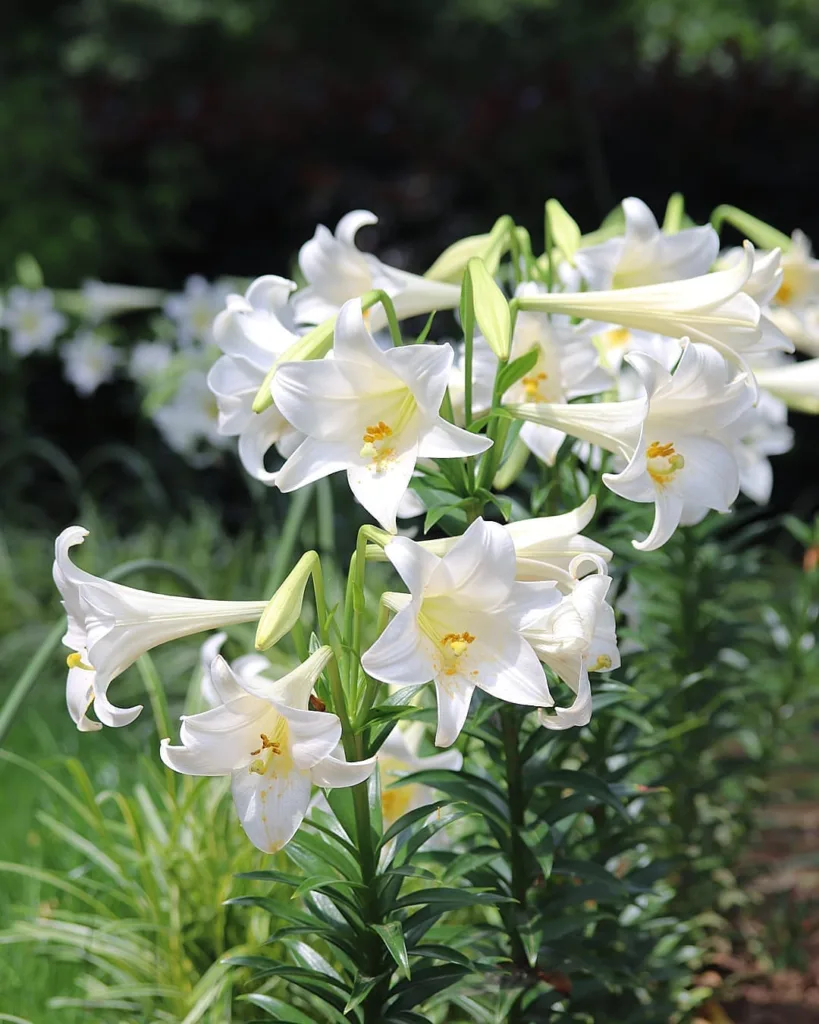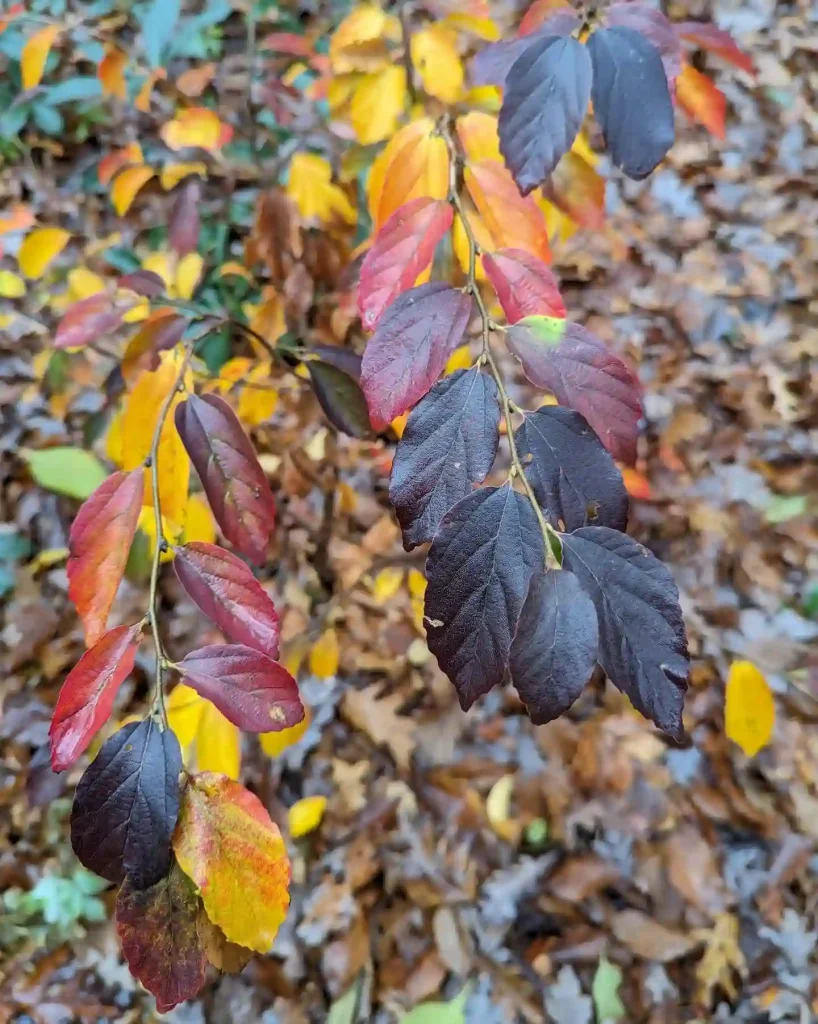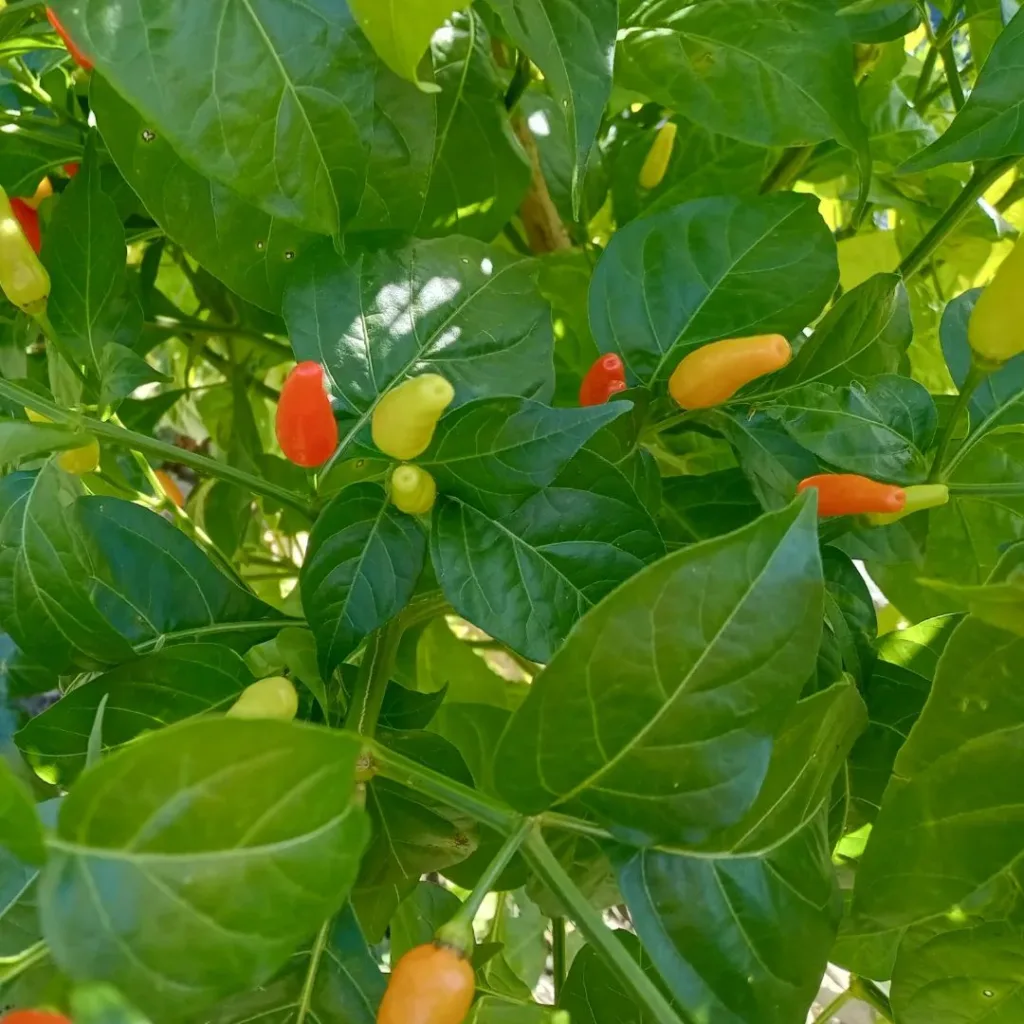All About Sesbania Herbacea: A Q&A with Ferb Vu
Hi everyone, Ferb Vu here! Today, we’re diving into the world of Sesbania herbacea, a fascinating plant with a surprising amount of versatility. Whether you’re a seasoned gardener or just starting your botanical journey, Sesbania herbacea offers something for everyone. So, let’s answer some of the most common questions about this unique species.
60 Species in Genus Sesbania
What is Sesbania Herbacea?
Sesbania herbacea, also known as coffeeweed, bigpod sesbania, or Colorado River-hemp, is a flowering plant belonging to the legume family (Fabaceae). Native to the southeastern United States, it thrives in moist environments but can be found elsewhere as an introduced species.
Think of it as a tall, leafy herb reaching up to 12 feet with vibrant yellow or purple-spotted pea-like flowers. It boasts long, slender pods containing numerous seeds, making it easily recognizable.
Where Does Sesbania Herbacea Grow?
Sesbania herbacea prefers warm climates with ample moisture. In its native range, it flourishes in wetlands, ditches, and along riverbanks. As an introduced species, it adapts well to disturbed areas and open fields, making it a common sight in many regions.
Is Sesbania Herbacea Invasive?
While Sesbania herbacea isn’t typically considered highly invasive, it can become problematic in certain situations. Its rapid growth and prolific seed production can crowd out native plants in some ecosystems.
How Does Sesbania Herbacea Compare to Crotalaria Spectabilis (Showy Crotalaria)?
Both Sesbania herbacea and Crotalaria spectabilis are members of the legume family and share some similarities. They’re both fast-growing annuals with yellow flowers and prefer warm, moist environments. However, key differences exist:
- Size: Sesbania herbacea can reach up to 12 feet, while Crotalaria spectabilis typically grows to 3-6 feet.
- Flowers: Sesbania herbacea has pea-like flowers with yellow or purple spots. Crotalaria spectabilis boasts pea-like, bright yellow flowers without spots.
- Invasiveness: Crotalaria spectabilis is considered more invasive than Sesbania herbacea.
What are the Uses of Sesbania Herbacea?
Sesbania herbacea wears many hats in the world of agriculture and horticulture. Here are some of its key uses:
- Green Manure: Due to its nitrogen-fixing properties, Sesbania herbacea enriches soil when incorporated as green manure. It helps improve soil fertility and structure, benefiting other crops.
- Living Mulch: This fast-growing plant effectively suppresses weeds, reducing the need for herbicides.
- Forage: Young Sesbania herbacea leaves can be a valuable source of protein for livestock. However, caution is advised, as mature leaves can be toxic to some animals.
- Pollinator Plant: The vibrant flowers attract bees and butterflies, promoting biodiversity in your garden.
Can I Grow Sesbania Herbacea in My Garden?
Absolutely! Sesbania herbacea can be a great addition to your garden, especially if you’re looking for a fast-growing, nitrogen-fixing plant. Here’s what you need to know:
- Planting: Sow seeds directly outdoors after the danger of frost has passed. Choose a sunny location with well-draining soil.
- Care: Sesbania herbacea is a low-maintenance plant. It doesn’t require frequent watering once established and thrives in average soil conditions.
- Harvesting: For green manure, cut the plant down before it sets seed and incorporate it into the soil.
Are There Any Precautions to Consider When Growing Sesbania Herbacea?
While generally a friendly addition to the garden, a few points require attention:
- Potential Invasiveness: As mentioned earlier, Sesbania herbacea can become invasive in certain areas. Check with your local authorities to ensure it’s not a concern in your region.
- Toxicity: Mature leaves and seeds can be toxic to some animals. Keep this in mind if you have pets or livestock.
Conclusion:
Sesbania herbacea is a versatile plant with a range of benefits. From enriching soil to attracting pollinators, it offers valuable contributions to both gardens and agricultural practices. By understanding its characteristics and potential uses, you can decide if Sesbania herbacea is the right fit for your needs.
If i die, water my plants!



